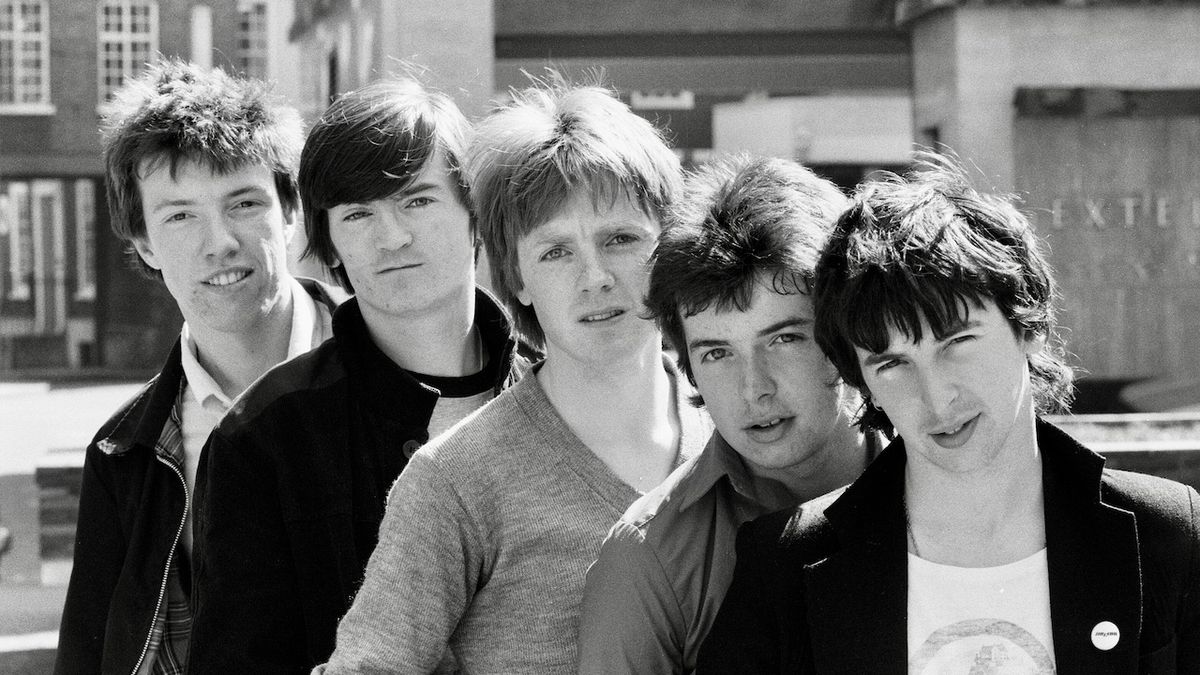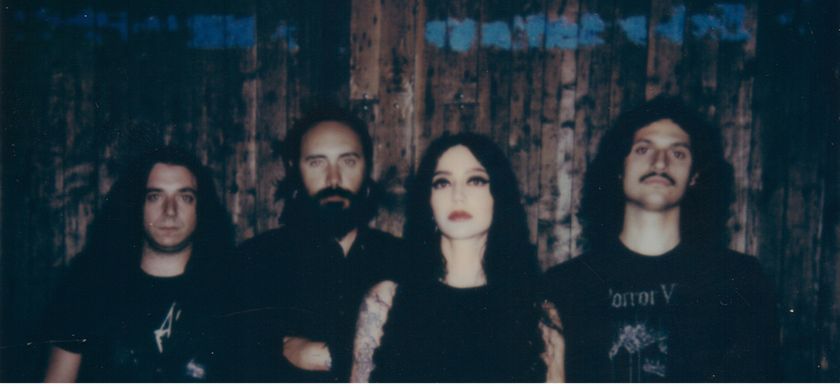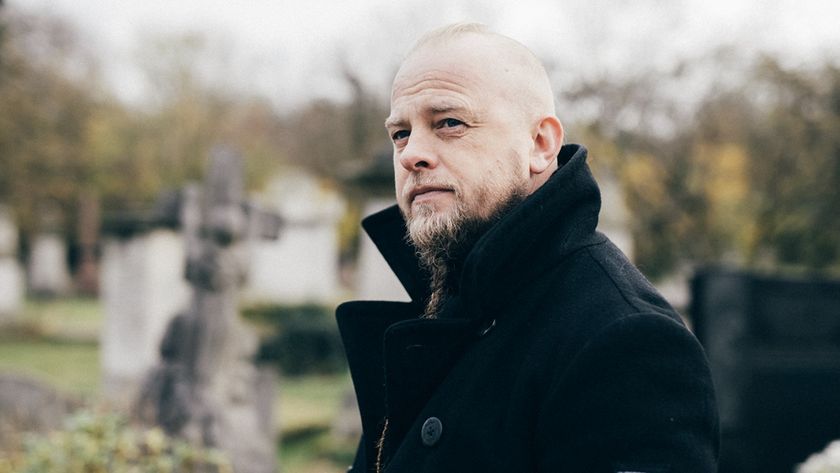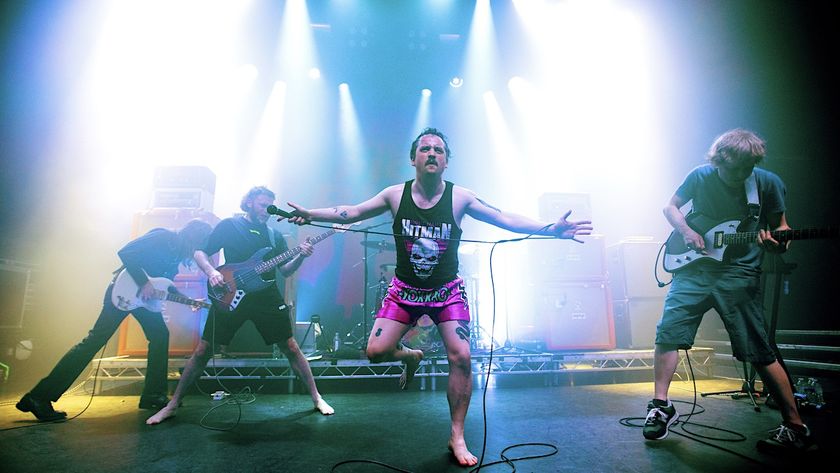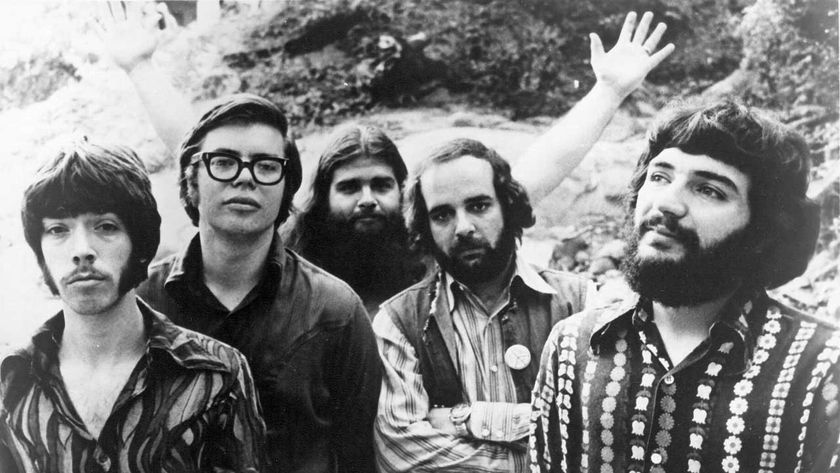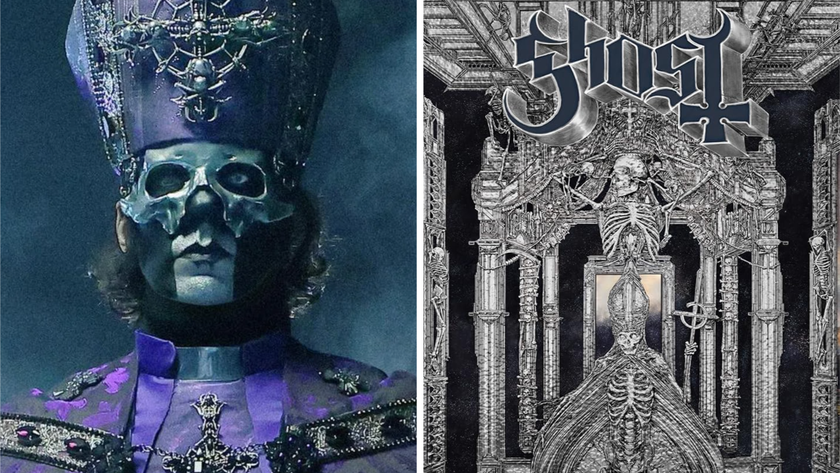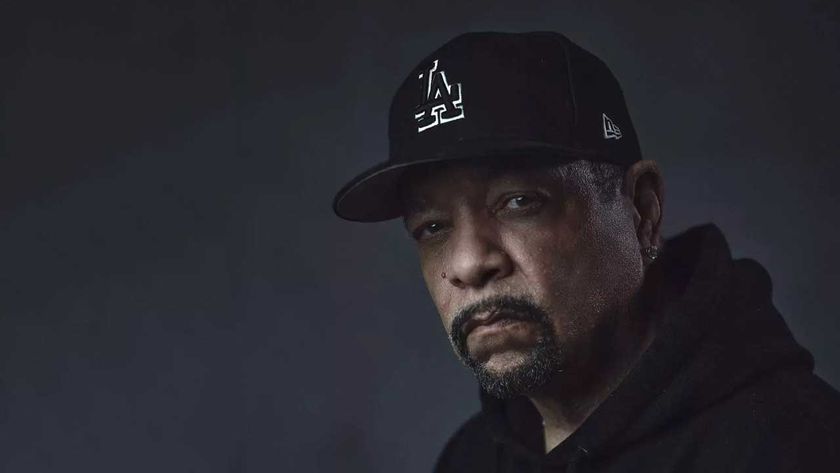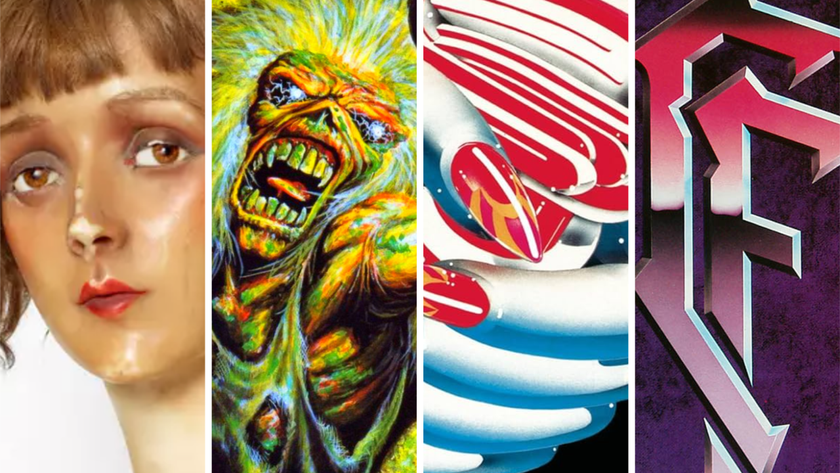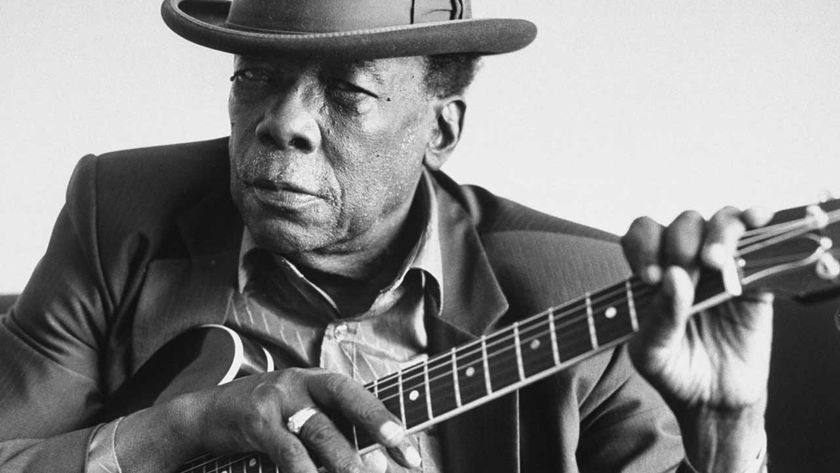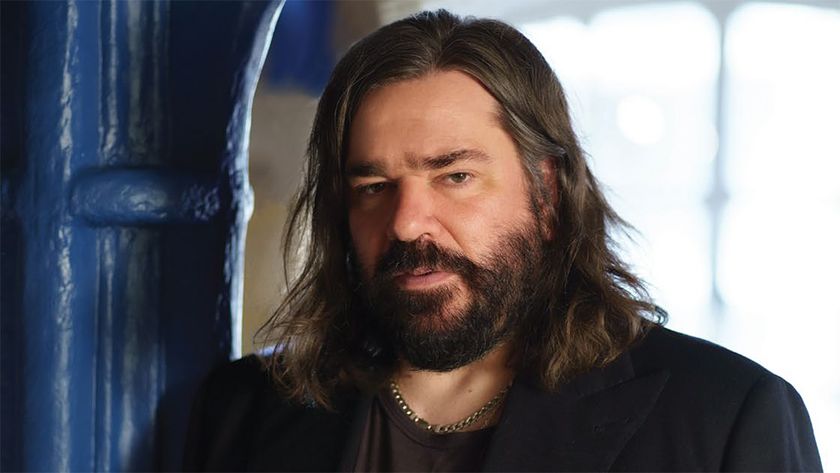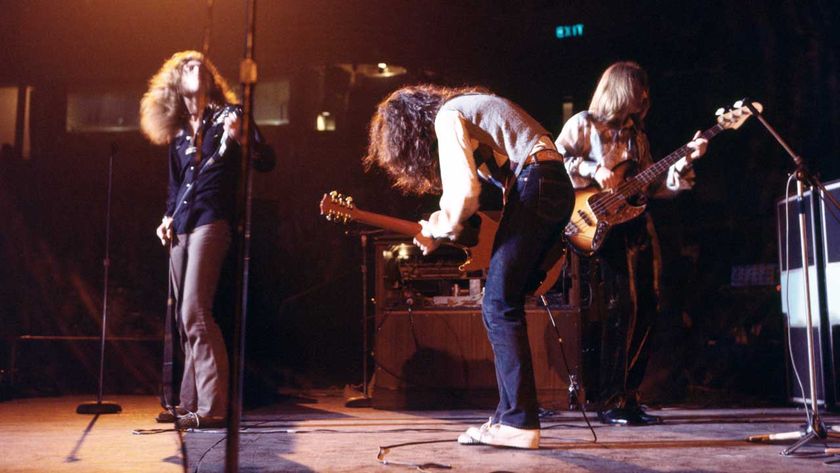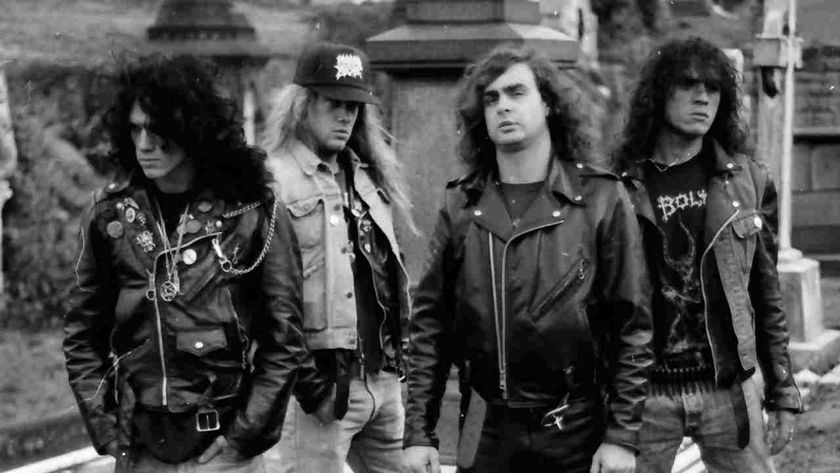The Undertones formed in Derry, in the Irish north-west. They were active by 1976, primed by The Stooges, glam rock and the Nuggets compilation of roaring, garage bands. The first Ramones album confirmed their affection for a brash tune, while vocalist Feargal Sharkey was fit for the high, trembling chorus.
In 1978, they released their astonishing debut single, Teenage Kicks on the Belfast-based indie label Good Vibrations. Soon enough, they were signed to Sire Records and began releasing miniature classics about girls and smalltown chronicles. John and Damian O’Neill played guitar, the brothers meshing their riffs together, while Mickey Bradley took care of bass duties and Billy Doherty supplied a precise thump on the snare. The music developed over four albums before they disbanded in 1983.
The Undertones subsequently reformed in 1999 with another Derry singer, Paul McLoone. They have recorded two fine albums with this formation and continue to play punky, urchin-pop that’s mostly unbeatable.
Here's their catalogue, ranked worst to best.

6. Get What You Need (2003)
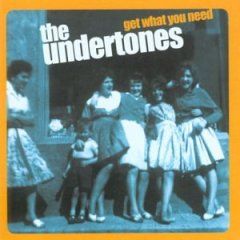
After the first era of The Undertones, Damian and John O’Neill went on to make visionary art with That Petrol Emotion. There were side projects and solo work, but little chance of the original band reforming, with Feargal Sharkey especially resistant.
Then in 1999 The Undertones played the Nerve Centre in Derry with Paul McLoone (formerly singer with local act The Carrelines) at the mic. By degrees, new music arrived and so album five was revealed 20 years after its predecessor, The Sin of Pride.
This was a joyful reprise of their garage band origins and so the guitar riffs were expertly uncoiled. Clearly, they were miles away from music industry schedules and fashions and the music existed purely for the cheer. Opening track Thill Me was therefore a mission statement.
5. Dig Yourself Deep (2007)
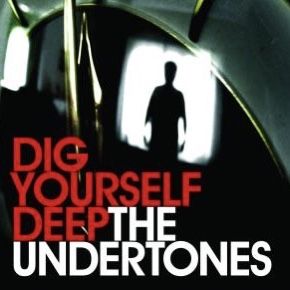
The reformed Undertones became a dependable festival moment, a popular turn at Glastonbury in 2005, and were no longer required to explain the absence of Feargal Sharkey. They had fun with international touring, mixing the fifth album with early tunes and there was clearly no pressure to make radical swerves.
Dig Yourself Deep was the modus operandi for album six. The sound is fatter than it was on the previous record and the trash aesthetic of the New York Dolls is a welcome feature of Easy Way Out. On another highlight, Precious Little Wonder, the fuzz has dominion. This is the kind of music that senior rock and rollers make because they can.
4. Positive Touch (1981)
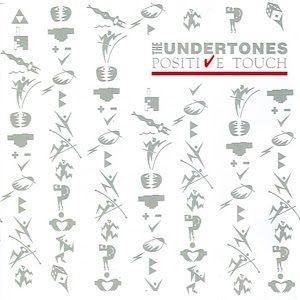
The band’s third album was released in the year of the Irish Republican hunger strikes, when 10 IRA/INLA prisoners, seeking political status, died in Northern Ireland. When the band performed Top 20 single It’s Going to Happen! on Top of the Pops, Damian O'Neill wore a black armband to mark the passing of Bobby Sands, the first of the hunger strikers to die, elected as the MP for Fermanagh and South Tyrone less than a month before his May 5, 1981 death. Two John O’Neill tracks, You’re Welcome and Crisis of Mine were also allusions to the conflict.
Some of the music here reflects the psychedelic mood of Arthur Lee and Love, plus the Stones, circa Aftermath. The brass arrangements were smartly placed and the Undertones were actively looking for exit strategies out of punk, searching for the new.
3. The Sin of Pride (1983)
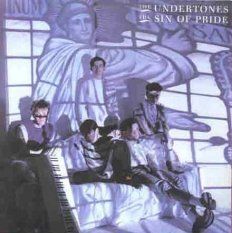
This was Feargal Sharkey’s last contribution as an Undertone: two years later, he’d be top of the UK charts as a solo artist with A Good Heart, produced by Eurythmic Dave Stewart. The vocalist is at his best on album four with Got to Have You Back, pleading and emoting over an Isley Brothers tune. Likewise, on The Miracles’ Save Me, where he tries to salvage the love. Five years from Teenage Kicks and he’s in a different sphere.
The Sin Of Pride is a record that’s light on guitars and John O'Neill’s writing, always a great strength, is underplayed. There are a few assertive band moments, with The Love Parade and Chain of Love, but the public wasn’t paying much attention - the album failed to break into the UK Top 40, peaking at number 46 - and The Undertones were apparently fragmenting. Four months after the record’s release, phase one was officially over. They exited with soul, and heads held high.
2. Hypnotised (1980)
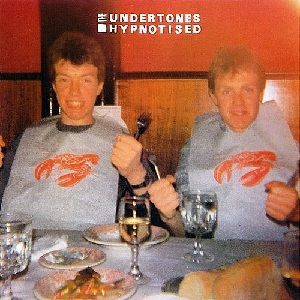
The second Undertones album was the transition between unaffected youth and a more knowing method. The opening track, More Songs About Chocolate and Girls was a wry comment about band perceptions (and a gentle jibe at label mates, Talking Heads). Then again, the band denied their critics with My Perfect Cousin, the hilarious bitch about a relative who’s above his social station. It famously rhymes “cabbage” with “University Challenge” and Sharkey uses his best Derry accent to make the words fit. All this and a Subbuteo table football reference. This song was written by Damian O'Neill and Michael Bradley, bringing vital help as John O'Neill’s own supply was running low.
Recording sessions in Hilversum in the Netherlands had left a few gaps, requiring extra studio time in Acton, west London. Hence the swooning cover of Under the Boardwalk, based on the Rolling Stones version, rather than the earlier Drifters recording. The addition of Wednesday Week was a summer hit and a compelling, wistful tone. The Beatles' album Rubber Soul was an influence during the sessions and extra chord patterns were in play. Whizz Kids was a tetchy message to Belfast punks Stiff Little Fingers, a spat about political stances. Hypnotised is a little uneven, but it's still their most commercial record, peaking at number 6 in the UK.
1. The Undertones (1979)
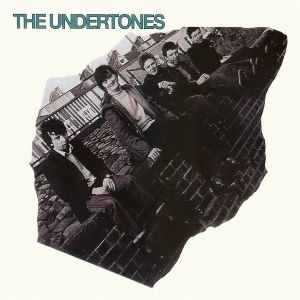
A tremendous debut. Recorded and mixed in a four-week rush in early 1979, the first album replicates the band’s early live set: indeed the final track, Casbah Rock, was actually a rehearsal room demo that paid tribute to the ramshackle club in Derry where they had finessed their sound.
The rest of the album is bright and succinct, and even at this stage, the songwriting of John O’Neill was a massive asset. Beyond Iggy and Johnny Thunders, John was listening to girl bands like the Shangri-Las plus sulky teen-pop from Fifties acts such as The Coasters. The single Here Comes the Summer is a timeless buzz. John writes about provincial heartache and corner boy frustration, requiring Feargal Sharkey to sing out all the hurt. Male Model is amusing, while Jimmy Jimmy is a kitchen sink lament about a ‘mummy’s boy’ with health issues.
The original version of the record, released in May 1979, didn’t last beyond 30 minutes. Arguably, that was enough. The cover shot featured the band on a wall in Bull Park, Derry, wearing their Doc Marten footwear with authentic pride. A second version appeared in October 1979 with the addition of Teenage Kicks and Get Over You. Several expanded pressings have followed, packing a great array of B-sides, rarities and John Peel sessions. It’s all brilliant.
